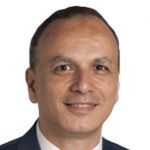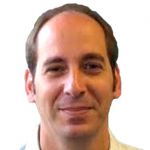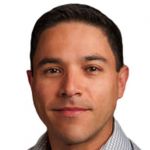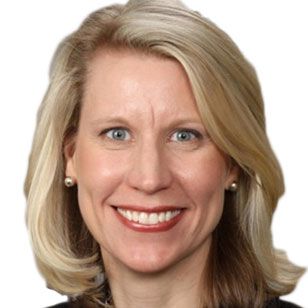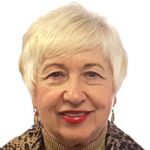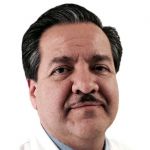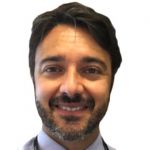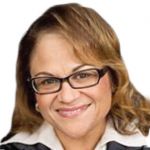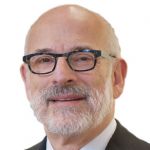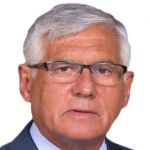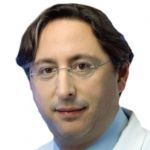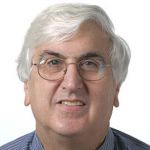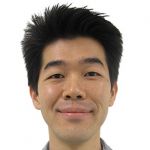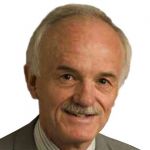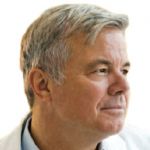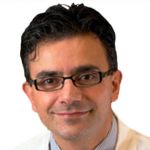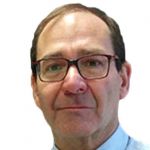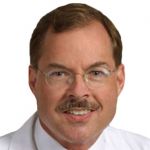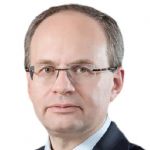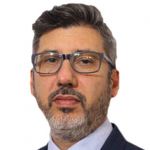2018 - Online Interactive Update Course

TTS and STALYC implemented this interactive online course to provide an update on the Immunological Aspects of Solid Organ Transplants, with the aim of contributing in updating the knowledge in the TTS and STALYC transplantation community. It will focus on the most recently known aspects of the rejection of transplanted organs, a frequent cause of graft loss.
The course will present innovations in pathogenesis, diagnostic laboratory and histopathological aspects, prevention and treatment of rejection in its different modalities. The lectures have been prepared specifically for this course by first level researchers.
-
INITIAL ACTIVITIES
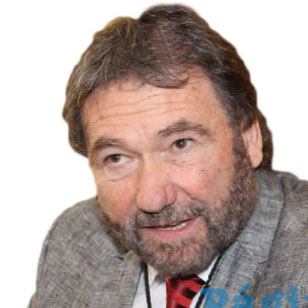
Francisco González-Martínez
Dear Participants,
TTS and STALYC implemented this interactive online course to provide an update on the Immunological Aspects of Solid Organ Transplants, with the aim of contributing in updating the knowledge in the TTS and STALYC transplantation community. It will focus on the most recently known aspects of the rejection of transplanted organs, a frequent cause of graft loss.
The course will present innovations in pathogenesis, diagnostic laboratory and histopathological aspects, prevention and treatment of rejection in its different modalities. The lectures have been prepared specifically for this course by first level researchers. Additionally, we will discuss in peer forums with the help of tutors, clinical cases as a tool for the incorporation of new knowledge and its subsequent transfer to the clinic.
Like in previous courses, we hope that this educational experience will also serve to generate and strengthen ties between the professionals involved in the transplantation of solid organs. This will allow us to better solve our particular problems, share our discouraging difficulties and create new strengths. All for the benefit of the transplanted people, or potential candidates for a transplant.
Congratulations for making the decision to participate in this course, which implies the need for professional improvement. We hope that it will be like other educational experienes of TTS and STALYC, a strong factor that contributes to consolidate the network of professionals involved in transplantation in the world. Distance and the economic and personal costs of travel make these activities difficult, as it also hinders the relationship with colleagues from different countries, sometimes in the field of transplantation you can get lonely.
That's why we strongly encourage you to participate in the forums, which are a learning tool and also a way to get to know each other and share our difficulties and achievements.
This course serves to complement the face-to-face activities of both societies: exchange programs, face-to-face courses and congresses. This joint experience of TTS and STALYC is a new way of integrating collaboration. Welcome to the journey!
CREDITS AND ACKNOWLEDGMENTS
The leading roles in the implementation of this course are the authorities and members of TTS and STALYC.
Nancy Ascher (Immediate Past-President of TTS) understood the idea and promoted its realization together with the past and current Executive Committee and TTS Councilors, and its President Mehmet Haberal. The STALYC board of directors with its President Rafael Reyes Acevedo promoted the idea at the same time.
The TTS Education Committee through Millie Samaniego, Marcelo Cantarovich and Medhat Askar took the project and implemented it through the Directors appointed for the course (Marcelo Cantarovich and Millie Samaniego from TTS and Francisco González-Martinez from STALYC) and Advisors.
The TTS headquarters in Montreal, Quebec, headed by Jean-Pierre Mongeau, established the operational base, together with the STALYC secretariat. All its members contributed, although more directly Jennifer Olechowski, Robert Colarusso and Eugenia Siu from TTS, and Silvia Alejandra Martínez Nieves from STALYC.
The incorporation of Fátima Oeyen, magister in Remote education was decisive in the organization of this course.
The course is dictated by a body of first-level speakers who responded generously to the call of TTS and STALYC. A group of experts accepted be tutors at discussion forum.
However, the true protagonists of this petition will be you, the students. Leading roles in the course and in the care of transplant patients and transplant candidates of our region. Welcome again.
Marcelo Cantarovich, Millie Samaniego, Francisco González-Martínez
Directors of the course -
LABORATORY TESTS
In recent years, significant technological and scientific changes occurred in the laboratory tests, to assess the risks and magnitude in post-transplantation rejection and the follow-up of transplant patients, in their evolution and/or undergoing anti-rejection therapy.
The ‘zone’ factor, the role of complement in the tests, the differences in the assessment tools from different laboratories, determination of cutoffs for continuous variables (MFI) and their absolute and relative values, the comparison of the diverse approaches to crossmatch tests and the calculated PRA versus the measured PRA, may lead to interpretation issues for the clinician.
Many of the aspects mentioned above are experiencing changes in terms of interpretation and evaluation. Therefore, we consider that an updated analysis of them is of enormous importance for clinical decision-making.
-
REJECTION PATHOLOGY
This module focuses on the most relevant aspects of the advances in rejection pathology.
Rejection pathology has undergone big changes during the last years, while reconsidering the antibody-mediated rejection, the interpretation of cell phenomena and the associated humoral responses. New roles and processes are being discovered about tolerance and chimerism.
The processes resulting in damage and those determined by tolerance are always present, strongly interacting with the relationship of the recipient and the donor immune systems with the graft. They explain the spontaneous evolution, the minimum treatment to the transplanted organs, and contribute to the planning of treatments to increase life expectancy.
-
TRANSPLANT OPTIONS AND MANAGEMENT OF THE HYPERSENSITIZED PATIENT
The hypersensitive patient offers important challenges and lessons to learn:
Pre-transplant desensitization? How to do it? Do we use living donor organs or not? Which is the likelihood of receiving an organ from a cadaveric donor with low compatibility, in contrast with the ‘best use of organs for transplantation’? The patient complications lead to more expenses; Should the patient be transplanted anyway?
How to follow-up these patients and get involved to avoid any risk of rejection, achieve an early diagnosis and subsequent treatment if necessary?
In the analysis, we must consider the ethical aspects of equity in access to [treatment], the better use of limited resources (both financial resources and the organs) and increased comorbidity risks. Some of these aspects are even more critical in Latin American countries with a low number of donors per million population (pmp) and per year, or small countries and/or with transport difficulties due to their geography. Do these things determine the need of exchange programs between regions or countries?
After analyzing the challenges, we think that - even a problem of only few patients – we are facing with interesting dilemmas, which debate will enlighten us.
-
HISTOPATHOLOGY OF REJECTION
The breakthroughs, the taxonomy and agreement between clinicians and pathologists were big in the last 15 years in terms of histopathology and rejection. The Banff working group was decisive in this process.
In this training, we are lucky to have one of the leaders, Mark Haas, who will explain the main aspects.
Since symptom manifestations have particular aspects depending on the organ, we have included a specific approach on some of them.
Finally, the knowledge acquired on molecular characteristics found in biopsies contribute to the diagnosis and are explained by Phil Haloran.
-
TREATMENT OF A REJECTION
Treatment of a rejection has its ‘ups and downs’ and although evidence has been found, the experts’ opinion still prevails on the current treatments. The classic and intricate cellular and anti-body mediated processes have different approaches, in part.
The dilemma for clinicians is to what extent treat recurring or resistant rejections, either partially or totally. Chronic rejection leads to difficulties and disagreements in its treatment.
How to continue and what maintenance therapy follow in a patient with a rejection - whether it has diminished or not with treatment- is also controversial. These aspects are addressed in the conferences and with the Forum in the present module.
-
PARTICULAR ASPECTS PER ORGAN
The frequency, histological and clinical aspects as well as the response to treatment have distinctive features according to the organ we study.
Knowing what happens in an organ helps understanding the other organs; however, this cannot be extrapolated without analysis and research. We will address these aspects in this Module.
Contact
Address
The Transplantation Society
International Headquarters
740 Notre-Dame Ouest
Suite 1245
Montréal, QC, H3C 3X6
Canada
Используйте Вавада казино для игры с бонусом — активируйте промокод и начните выигрывать уже сегодня!

